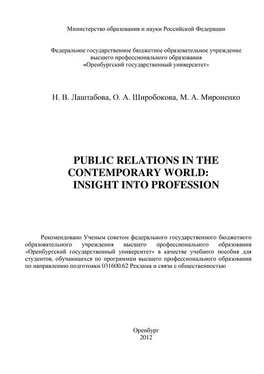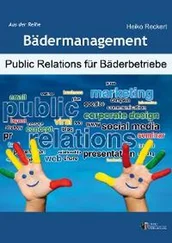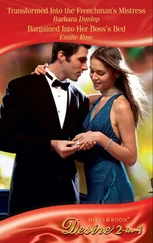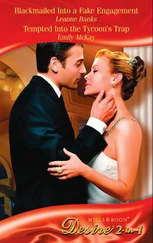Лаштабова Н. В., М. Мироненко, Ольга Широбокова
Public Relations in the contemporary world: Insight into Profession
«Public Relations in the contemporary world: Insight into Profession» – учебное пособие к углубленному курсу иностранного (английского) языка имеет целью систематизацию и обобщение материала по истории развития связей с общественностью в современном англоязычном мире для формирования коммуникативных навыков.
Данное учебное пособие предназначено для студентов-бакалавров второго курса факультета журналистики очной и заочной формы обучения. Оно может быть использовано в качестве основного средства обучения, содержащего практический материал по углубленному курсу изучения иностранного (английского) языка.
Настоящее пособие посвящено истории развития средств массовой информации с древнейших времен до наших дней, а также особенностям функционирования связей с общественностью за рубежом. Все представленные в данном пособии темы снабжены упражнениями и практическими заданиями, необходимыми для тренировки коммуникативных навыков и усвоения материала по данным темам. Пособие также содержит материал об особенностях написания и оформления писем, статей, резюме, эссе на английском языке.
1 . Read the proper names and say what you know about them. If they are unknown for you, find some information in the text.
John Peter Zenger
Sir William Cosby
Thomas Paine
Benjamin Day
Joseph Pulitzer
William Randolph Hearst
2 . Read and translate the text
History of the media
America's earliest media audiences were quite small. These were the colonies’ upper class and community leaders – the people who could read and who could afford to buy newspapers. The first regular newspaper was the Boston News-letter, a weekly started in 1704 by the city's postmaster, John Campbell. Like most papers of the time, it published shipping information and news from England. Most Americans, out in the fields, rarely saw a newspaper. They depended on travelers or passing townsmen for this news.
When rebellious feelings against Britain began to spread in the 1700s, the first battles were fought in the pages of newspapers and pamphlets. Historians consider the birth of America's free-press tradition to have begun with the 1734 trial of John Peter Zenger. Zenger, publisher of the New York Weekly Journal, had boldly printed stories that attacked and insulted Sir William Cosby, the colony' unpopular royal governor.
Cosby ordered Zenger's arrest on a charge of seditious libel. As the King's representative, royal governors had the power to label any report they disliked – true or not – "libelous," or damaging to the government's reputation and promoting public unrest. Zenger's lawyer, Andrew Hamilton, argued that "the truth of the facts" was reason enough to print a story. The American jury agreed, ruling that Zenger had described Cosby's administration truthfully.
Perhaps one of America's greatest political journalists was one of its first, Thomas Paine. Paine's stirring writings, urging independence made him the most persuasive "media" figure of the American Revolution against Britain in 1776. His pamphlets sold thousands of copies and helped mobilize the rebellion.
By the early 1800s, the United States had entered a period of swift technological progress that would mark the real beginning of "modern media." The inventions of the steamship, the railroad and the telegraph brought communications out of the age of windpower and horses. The high-speed printing press was developed, driving down the cost of printing. Expansion of the educational system taught more Americans to read and sparked their interest in the world.
Publishers realized that a profitable future belonged to cheap newspapers with large readerships and increased advertising. In 1833 a young printer named Benjamin Day launched the New York Sun, the first American paper to sell for a penny. Until then, most papers had cost six cents. Day's paper paid special attention to lively human interest stories and crime. Following Day's lead, the press went from a small upper class readership to mass readership in just a few years.
It was a time that shaped a breed of editors who set the standard for generations of American journalists. Many of these men were hard-headed reformers who openly sided with the common man, opposed slavery and backed expansion of the frontier. They combined idealism with national pride, and their papers became the means by which great masses of new immigrants were taught the American way of life.
Competition for circulation and profits was fierce. The rivalry of two publishers dominated American journalism at the end of the century. The first was Joseph Pulitzer (1847 – 1911), a Hungarian immigrant whose Pulitzer prizes have become America's highest newspaper and book honors. His papers, the St. Louis Post-Dispatch and the New York World, fought corporate greed and government corruption, introduced sports coverage and comics, and entertained the public with an endless series of promotional stunts. By 1886 the World had a circulation of 250,000, making it the most successful newspaper up; to that time.
The second publisher was William Randolph Hearst (1863-1951), who took Pulitzer's formula to new highs – and new lфws – in the San Francisco Examiner and the New York Journal Hearst's brand of outrageous sensationalism was dubbed "yellow journalism" after the paper's popular comic strip, "The Yellow Kid." Modern media critics would be horrified at Hearst's coverage of the Spanish-American War over Cuba in 1898. For months before the United States declared war, the Journal stirred public opinion to near hysteria with exaggerations and outright lies. When Hearst's artist in Cuba found no horrors to illustrate, Hearst sent back the message:
"Please remain. You furnish the pictures and I'll furnish the war."
Pulitzer and Hearst symbolized an era of highly personal journalism that faded early in this century. The pressure for large circulation created one of today's most important press standards: objective, or unbiased, reporting. Newspapers wanted to attract readers of all views, not drive them away with one-sided stories. That meant editors began to make sure all sides of a story were represented. Wider access to the telephone helped shape another journalistic tradition: the race to be first with the latest news.
The swing to objective reporting was the key to the emergence of The New York Times. Most journalists consider the Times the nation's most prestigious newspaper. Under Adolph S. Ochs, who bought the paper in 1896, the Times established itself as a serious alternative to sensationalist journalism. The paper stressed coverage of important national and international events – a tradition which still continues. Today the Times is used as a major reference tool by American libraries, and is standard reading for diplomats, scholars and government officials.
Читать дальше












